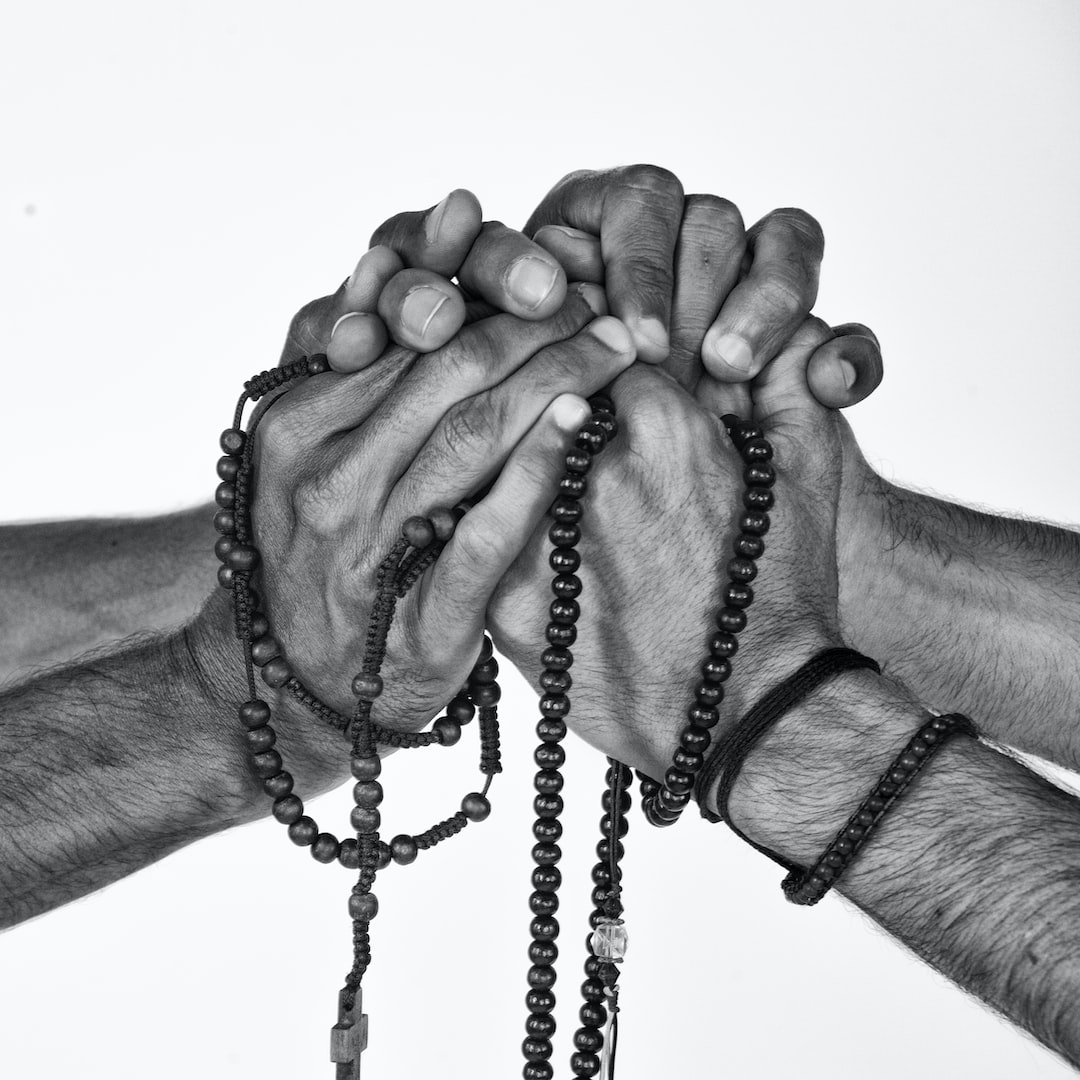Title: Faith and Resilience: How Belief Systems Help Us Bounce Back from Setbacks
Introduction (150 words):
Life is a rollercoaster ride with its ups and downs, twists and turns. It is inevitable that we will encounter setbacks and challenges along the way. However, what distinguishes those who thrive from those who struggle is their ability to bounce back and flourish in the face of adversity. In this blog post, we will explore the profound relationship between faith and resilience, and how belief systems play a pivotal role in helping individuals overcome setbacks.
Understanding Faith (200 words):
Faith, in its broadest sense, refers to a deep and unwavering trust or confidence in something or someone beyond the realm of the tangible. While commonly associated with religious beliefs, faith extends beyond religious boundaries and encompasses a range of values, ideologies, and philosophies that individuals hold dear.
The Power of Belief Systems (250 words):
Belief systems serve as a framework for interpreting and navigating the world around us. They provide meaning, purpose, and a moral compass to guide our actions. Moreover, belief systems offer a sense of hope, security, and optimism during challenging times, enabling individuals to persevere in the face of setbacks. Studies have shown that individuals with a strong belief system are more likely to demonstrate higher levels of resilience.
Drawing Strength from Faith (250 words):
Faith can provide a resilient individual with inner strength and fortitude, acting as an anchor during turbulent times. Firstly, faith helps individuals reframe setbacks as temporary and surmountable challenges rather than permanent failures. By fostering a sense of hope and optimism, faith encourages individuals to seek potential solutions and maintain a growth mindset.
Secondly, faith imparts a sense of purpose and meaning, creating a strong sense of identity and direction. When faced with setbacks, individuals with a strong belief system are more likely to view them as part of a larger purpose or plan. This broader perspective helps individuals maintain their resilience, as they understand that setbacks are merely detours on their journey.
Thirdly, faith provides individuals with a support system. In many cases, faith communities offer a sense of belonging, understanding, and camaraderie. During challenging times, having a community to lean on can provide emotional and practical support, facilitating recovery and resilience.
Practical Application of Faith and Resilience (200 words):
Developing and harnessing faith and resilience requires practice and intentionality. Here are a few practical ways to cultivate these traits in your life:
1. Cultivate a strong belief system: Explore different belief systems, ideologies, or religious practices to find one that resonates with you deeply. Reflect on its values and principles to establish a strong foundation for resilience.
2. Seek support within faith communities: Engage with like-minded individuals who share your beliefs. Participate in community events, discussions, or religious services to foster a supportive network that can help you bounce back from setbacks.
3. Practice mindfulness and gratitude: Incorporate mindfulness and gratitude practices into your daily routine. This will help you stay present, appreciate the positives, and find solace in your faith when facing setbacks.
4. Embrace perspective: Develop a conscious awareness of the bigger picture and long-term goals. Recognize that setbacks are often temporary and can be opportunities for growth, learning, and unexpected blessings.
Conclusion (100 words):
Faith and resilience go hand in hand, as belief systems offer a foundation for strength, hope, and perseverance during challenging times. By cultivating faith and seeking support within communities that share our beliefs, we can bounce back from setbacks and continue to flourish on our life’s journey. Embracing faith not only helps us overcome adversity but also enables us to grow stronger and emerge wiser from life’s trials.

